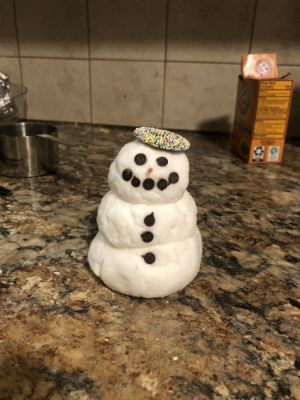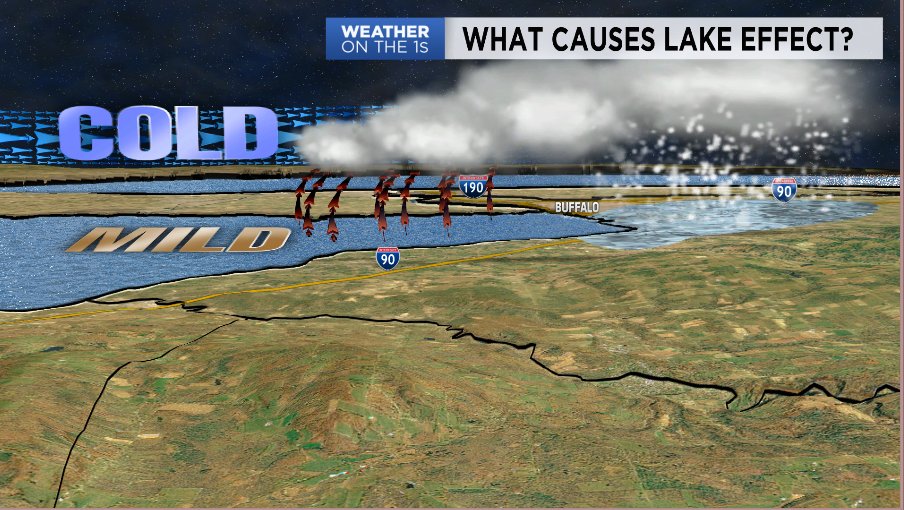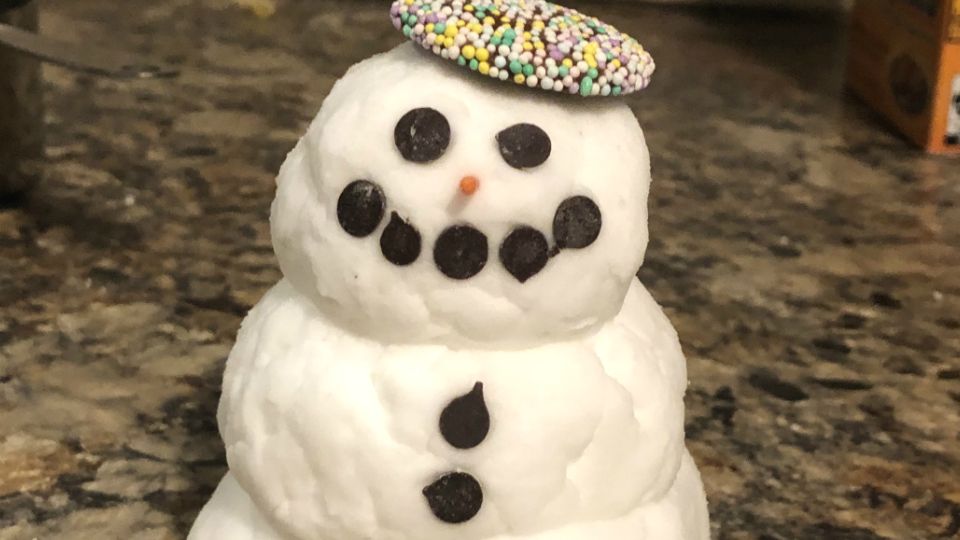For this experiment you will need two simple ingredients: cold water and frozen baking soda.
To start, take four cups of the frozen baking soda. I should mention having the baking soda frozen is not mandatory; it makes the snow seem more realistic. After you have the baking soda in a large bowl, start slowly adding water and mixing together with a fork. You can add as much or as little water as you please depending on the consistency of the snow that you would like.

Once your ‘snow’ is made, have the kids build a snowman! This snow will be easily moldable and a good craft. For fun, you can add a little orange to create a nose, maybe even take sharpie to draw on eyes and buttons. Maybe you want to add a scarf? The options are endless!

During the experiment, we can add in a little science. Although it seems unseasonable, snow is still possible throughout the spring months. Snow that falls in the spring is usually heavier and wet. The reason is because snow will have more liquid in it vs. ice as temperatures remain closer to freezing (32 degrees). In the winter when it is very cold outside, well below freezing, snow is usually smaller and lighter.
The colder it is outside, the easier it is to get a lot of snow. The reason for this is meteorologists in Western New York use a 10:1 ratio to forecast snowfall amounts. That means that for every 1” of liquid forecasted, 10” of snow is expected.

Lake effect snow is another variable that we have to consider in the winter months. Lake effect snow happens when warmer air moves over cold lake water. It can also happen in the reverse – cooler air moving over warm lake water. This difference in temperature first creates clouds. Next, that cloud cover will create snow and sometimes very heavy snow. One of the rarest parts about lake snow is that it can impact a very small area. The area lake snow falls on is all dependent on wind direction! In order to get significant lake snow in the Buffalo metro, a southwest wind is needed. To get snow across the S. Tier, a westerly wind direction is key. Lastly, with a NW wind direction, areas across the Niagara Frontier will get hit with snow coming off Lake Ontario.

Now take the quiz below!





